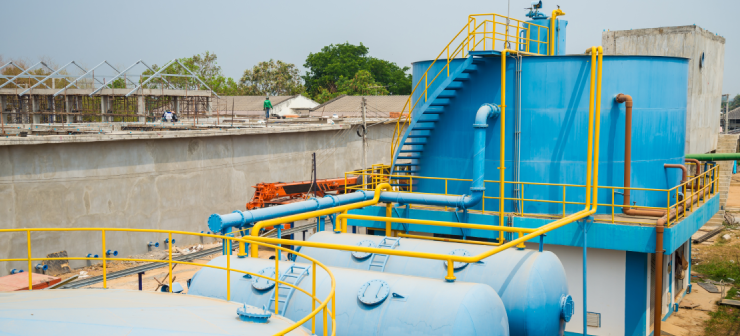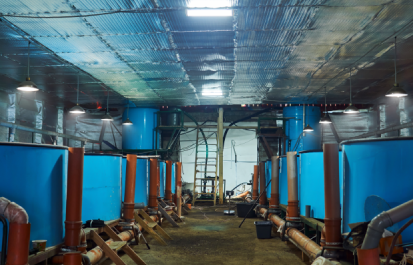Office location
Konark WaterDoc, part of Konark Group, delivers eco-friendly wastewater solutions with Technology, managing 400+ projects.
Water Treatment Company
Konark WaterDoc, part of Konark Group, delivers eco-friendly wastewater solutions with Technology, managing 400+ projects.

An Iron Removal Plant is a water treatment solution engineered to remove excess iron and manganese minerals, which often degrade water quality. These plants typically operate in two stages: first, oxidizing dissolved iron into solid particles using aeration, catalytic media, or chemical agents (like chlorine or potassium permanganate); then, filtering out those particles. Additional steps, such as pH balancing and disinfection, ensure the water meets safe usage standards.
Removing iron and manganese prevents undesirable effects like reddish or brown stains, metallic taste, and unpleasant odors. Clean water improves usability for drinking, cooking, and industrial processes. Ensuring iron-free water supports health, appliance longevity, and environmental hygiene.

Konark WaterDoc, under the Konark Group, delivers reliable iron removal plants with proven performance. Our expertise in water treatment design and technology ensures customized plants that meet particular contamination levels, site constraints, and regulatory demands.
Water with dissolved iron or manganese enters the system and first undergoes oxidation, converting soluble minerals to insoluble particles. This can occur through:
Once oxidized, the water flows through a filtration media—greensand, manganese dioxide, or catalytic media—where solids are trapped. After filtration, the water is often adjusted for pH correctness and then disinfected to eliminate residual microorganisms. The output is clean, clear, and odor‑free water, suitable for drinking and household use.
At Konark WaterDoc, we begin by analyzing your water's iron/manganese concentrations, pH, flow rates, and regulatory requirements. We then select the most effective oxidation method, appropriate filter media, and plant size. Our design considers site layout and maintenance ease.
We collaborate with you throughout planning, installation, and commissioning. Our goal is to deliver a plant that satisfies regulations, operates efficiently, and delivers reliable water quality over time. We also ensure that maintenance, chemical use, and media replacement schedules are practical and cost‑sensible.

Konark WaterDoc is a trusted Iron Removal Plant Manufacturer, specializing in efficient Iron Removal Plants that eliminate excess iron and manganese from water. Their systems use advanced oxidation and filtration methods to ensure clean, safe water free from stains, odors, and metallic taste.
With tailored designs and proven technology, Konark WaterDoc delivers reliable, cost-effective iron removal solutions suited for diverse industrial and municipal water treatment needs.